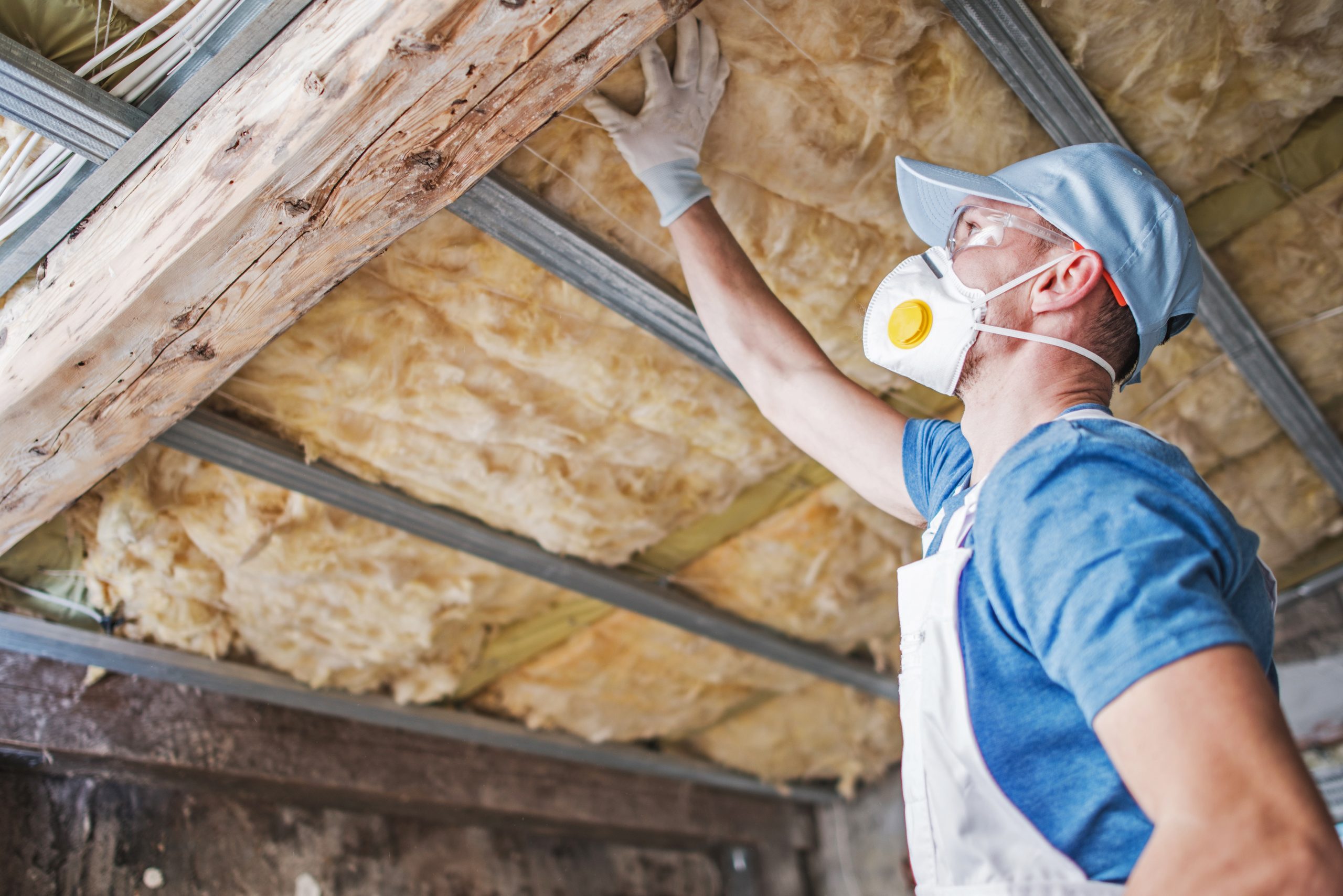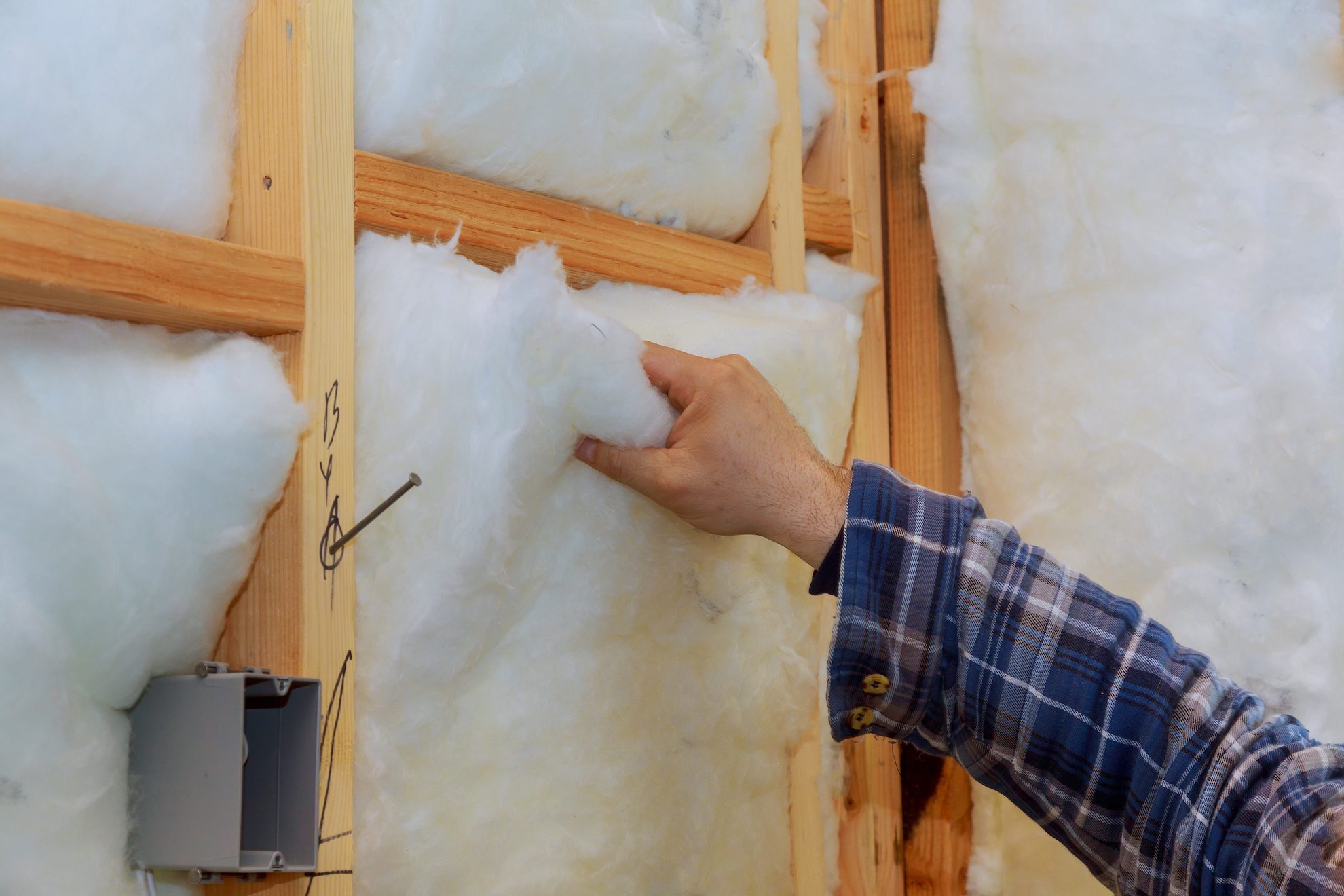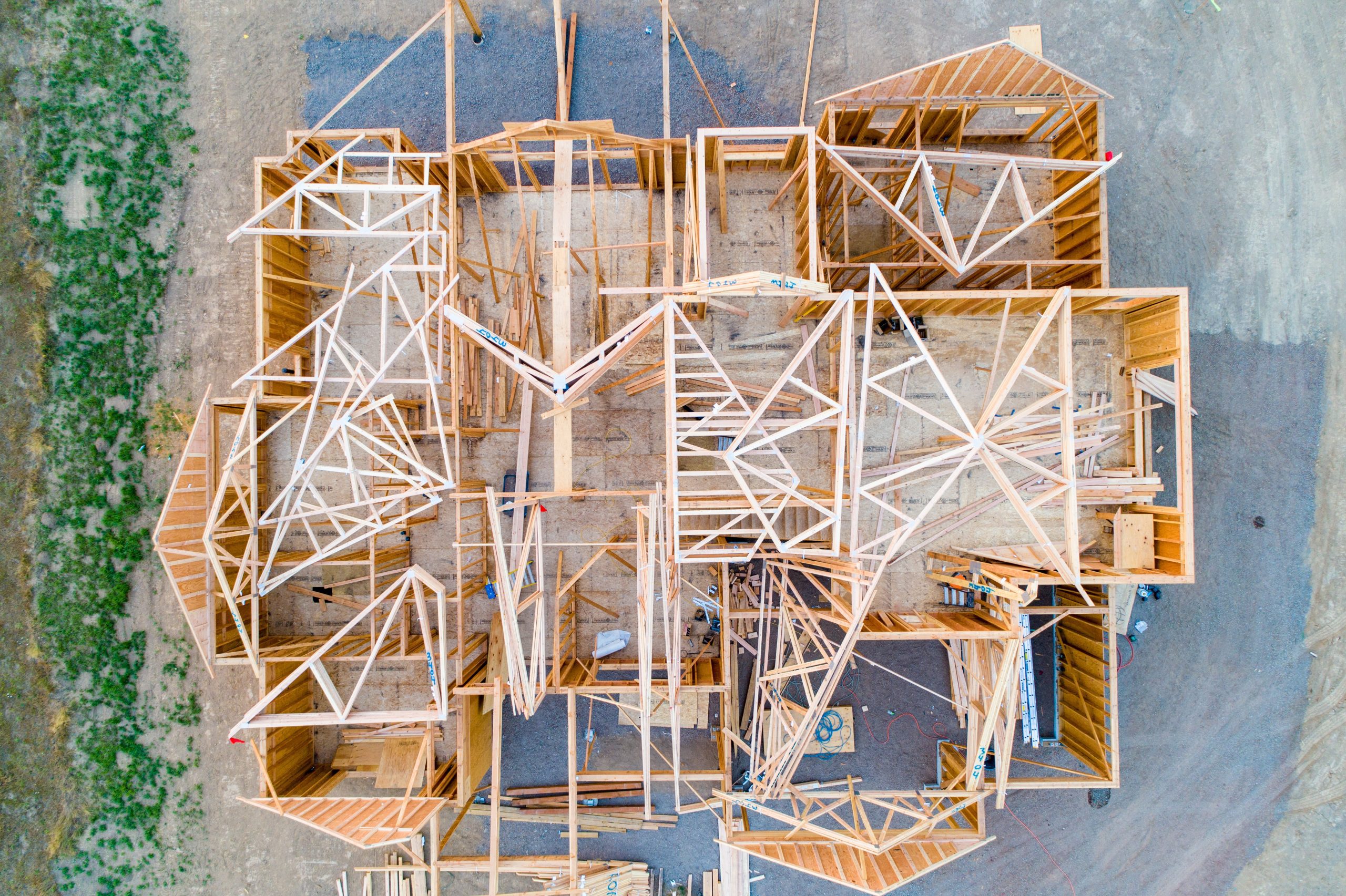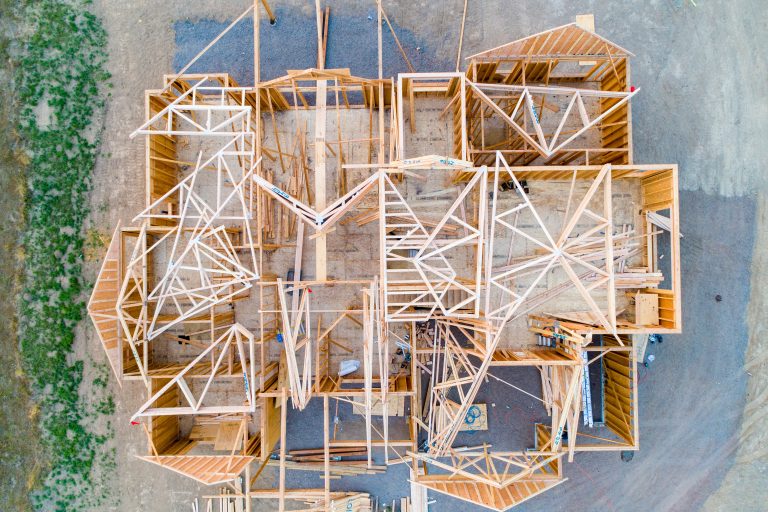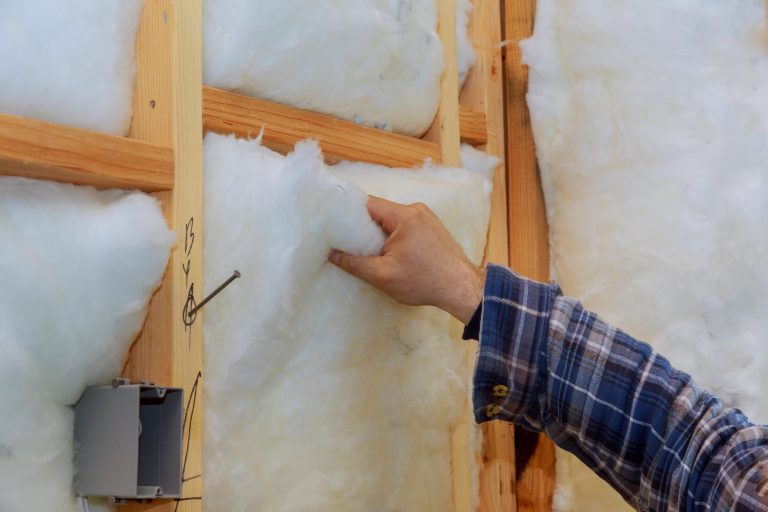What’s the Difference Between Crawl Space Encapsulation & Insulation?
What’s the Difference Between Crawl Space Encapsulation & Insulation?
You may have heard of insulated crawl space, but how about encapsulated crawl space? If you know the difference between the two, you know which one to apply in your home. But do not worry if you do not see the difference between the two, as not everyone knows it unless you are a professional.
A crawl space is an unoccupied, unfinished, narrow space within a building or a house between the ground and first floor. If you have this in your home, you need to keep these spaces safe and protected by either insulating them or encapsulating them.
Encapsulation vs. Insulation of Crawl Spaces
To a nonprofessional, insulation and encapsulation seem the same, but they have significant differences that set them apart from each other. Knowing these differences is crucial if you decide what to choose between the two. The two serve different purposes in which they are used.
Encapsulation is used in fixing issues that may include moisture and any standing water in the space. Meanwhile, insulation is used in fixing frozen pipes and cold floors.
Crawl Space Encapsulation
If you choose to encapsulate your crawl space, you are dealing with water problems and excessive moisture in the area. If you are still uncertain if it is the right thing to do in your crawl space, consider the following:
- Do you have severe problems with your foundation?
- Do you have issues with bulk water?
- Do you have a surplus of moisture-related problems?
- Does my crawl space have signs of mold or mildew?
If you have answered yes to any questions, encapsulation is the best option for your crawl space. Encapsulating the crawl space means that there will be complete sealing off with materials that resemble the swimming pool liner. It will help protect the foundation at risk and mitigate any future water-related problems. If you want to encapsulate your crawl space, you should call professionals to ensure that a proper and complete seal is done.
Process of Encapsulation
If you are familiar with the process of insulation, it is relatively similar to encapsulation. Encapsulation is ideal for crawl spaces that endure more precipitation than most areas.
The process of insulation is as follows:
Identify the source of a leak – you should know where to find the spot that lets the water in before closing the space.
Remove Previous insulation – if you have insulation installed before you decide to encapsulate the area, ensure that previous insulation is removed to limit the flow of allergens or molds to the rest of the house.
Install a vapor barrier – there should be moisture and vapor barrier when encapsulating your area. A liner should be installed and fitted to any pipes or mechanical outcroppings of the crawl space.
Dehumidifier installation is optional. But many contractors recommend installing a dehumidifier into the sealed crawl space, and it can help reduce the amount of water in the air and keep belongings safe in the long run.
Crawl Space Insulation
If you decide to have your crawl space insulated, it means that you are dealing with cold floors or drafty areas. These are uncomfortable feelings, especially in the colder winter months, leading to higher energy usage and less efficiency. Uninsulated crawl space allows air from outside to be let in and causes various other problems.
If you choose to insulate your crawl space, consider the following:
- Are the floors of my home cold in the winter months?
- Are areas of my home that seem drafty and colder than other areas?
- Do my pipes become cold or even freeze in the winter?
If you answered yes, you need to have your crawl space insulated.
Process of Insulation
Insulation and encapsulation have similar processes, but they are applied in different circumstances. Here is the process of insulating your crawl space:
Identify leaking spots – if your crawl space has constant water, you need to install a drainage system before insulating.
Remove old insulation – before starting new insulation, make sure the crawl space area is clean of any old insulations. It will help reduce allergens floating and keep your home healthy.
Insulate the walls and ceilings – when insulating your crawl space, you should also insulate the wall and ceiling. Ideally, insulation should be mold-resistant and allergen-free.
Seal off any vents or other openings – if there are openings that can lead outdoors within the crawl space, it can compromise integrity or lead to more flooding.
Install moisture barriers – installing a moisture barrier will keep the crawl space dry as possible.
Choose encapsulation if you have a moisture problem and a standing water problem. Choose the insulation method if you have cold floors and frozen pipes. Choosing the suitable way to keep your crawl space safe is critical if you want to keep your home safe and healthy.

